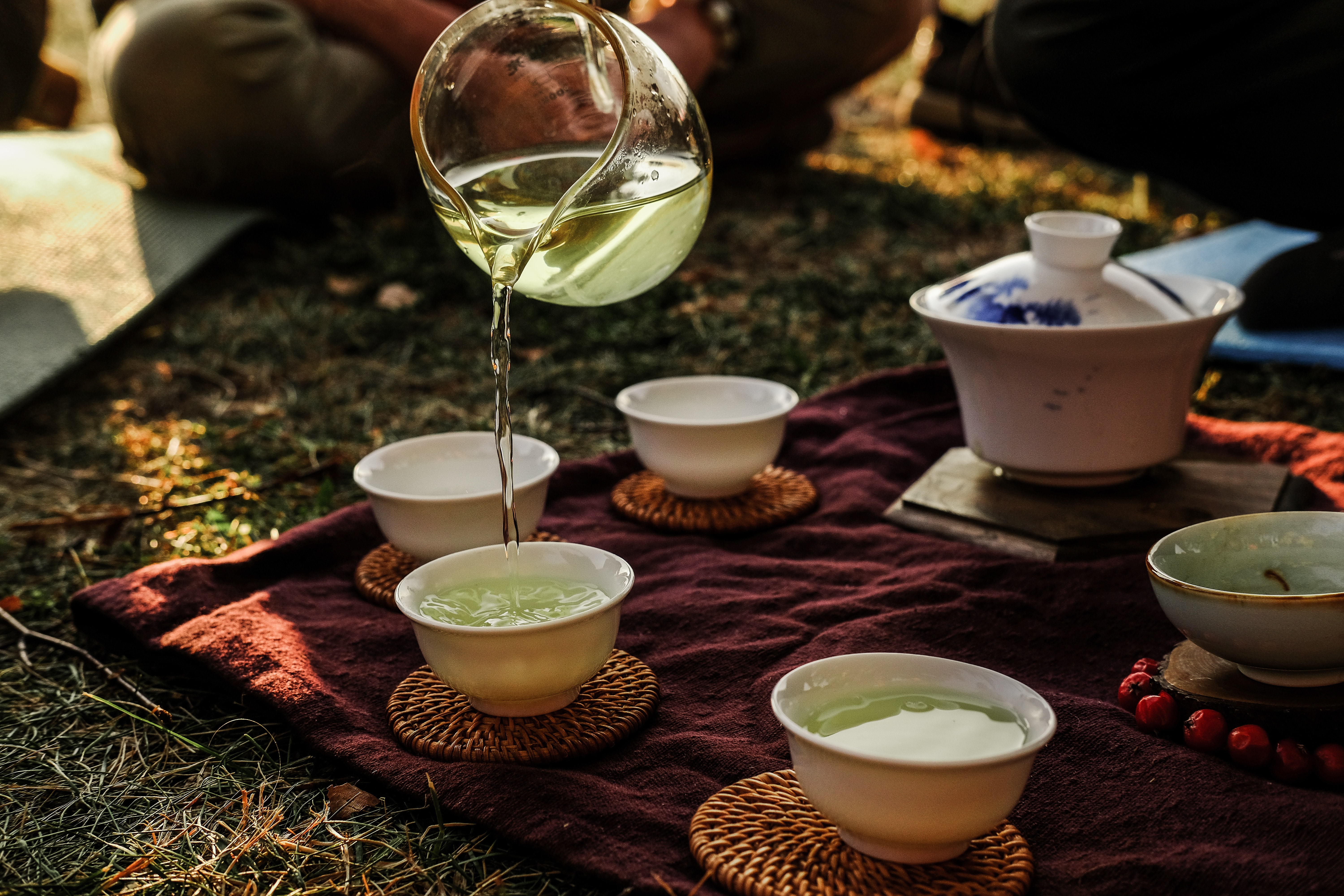The Magic of Tea

In the quiet moments of our day, when the world around us slows down, we often find ourselves reaching for a cup of tea. There’s something soothing and comforting about the gentle aroma, the delicate flavors, and the warmth that radiates from the cup. But did you know that tea is more than just a comforting beverage? In Chinese traditional medicine (TCM), tea is a powerful healing elixir that has been treasured for centuries.
According to the USDA, one cup of green tea contains up to 200 milligrams of antioxidants, which can help to protect our cells from damage and reduce the risk of chronic disease. But the benefits of tea go beyond just its antioxidant properties. In TCM, different varieties of tea are used to support various aspects of our health and well-being.
For example, green tea is known for its ability to promote digestion and metabolism, while black tea is used to strengthen the cardiovascular system and reduce inflammation. Oolong tea is prized for its ability to regulate blood sugar levels and support weight loss, and pu-erh tea is used to improve digestion and detoxify the body.
But tea is more than just a medicinal brew – it’s a symbol of hospitality, a source of comfort, and a way to connect with others. In Chinese culture, the tea ceremony is a ritualized form of hospitality that dates back thousands of years. During the ceremony, the host prepares and serves tea to their guests, using precise movements and gestures to create a sense of harmony and balance.
As we sip our tea, let us remember the words of the ancient Chinese philosopher Lu Yu, who wrote in his classic work, The Classic of Tea: “Tea tempers the spirit and harmonizes the mind, dispels lassitude and relieves fatigue, awakens thought and prevents drowsiness.” Let us embrace the wisdom of TCM and allow tea to nourish our bodies, calm our minds, and connect us with the world around us.
Fun fact: Did you know that tea was originally used as a medicinal herb in ancient China, and was only later popularized as a beverage? It wasn’t until the Tang Dynasty (618-907 AD) that tea became a cultural phenomenon, with tea houses and ceremonies springing up throughout the country.
 Never miss a
story from us, subscribe to our newsletter
Never miss a
story from us, subscribe to our newsletter